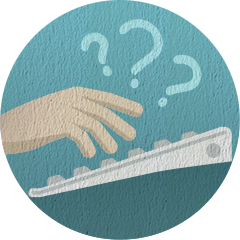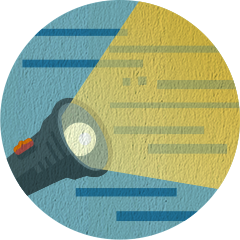Can someone PLEASE HELP?? I need to know the warning signs of Osteomyelitis of the lower jaw?
-
I have a track record for ignoring serious pain because I live with severe Fibromyalgia and I am used to ignoring everything no matter how much it hurts. I got to a 10 on the pain scale 2 days ago from an infection/abscess in one of my lower teeth. It subsided 16 or so hours after I started my 2nd antibiotic but it is getting bad again. I can't handle the pain getting to 10 again, and I am concerned that I may have osteomyelitis in my lower jaw. I need to know what signs to look for because I am not prepared to loose part or all of my lower jaw just because I have gotten good at dealing with severe pain and I literally can't tell when something has become serious just based on the pain. The pain is worst in the lower jaw, and is radiating up into my ear, and down into my clavicle, shoulder and chest. The only option I have is calling 911, no doctor apts, no dentist, just 911 or nothing unless I can hold out until tomorrow when I can get a ride to the ER. The dentist or a dr apt is NOT an option. PLEASE PLEASE HELP Thank you
-
Answer:
Hematogenous osteomyelitis usually presents with a slow insidious progression of symptoms. Direct osteomyelitis generally is more localized, with prominent signs and symptoms. General symptoms of osteomyelitis include the following: Hematogenous long-bone osteomyelitis Abrupt onset of high fever (fever is present in only 50% of neonates with osteomyelitis) Fatigue Irritability Malaise Restriction of movement (pseudoparalysis of limb in neonates) Local edema, erythema, and tenderness Hematogenous vertebral osteomyelitis Insidious onset History of an acute bacteremic episode May be associated with contiguous vascular insufficiency Local edema, erythema, and tenderness Failure of a young child to sit up normally2 Chronic osteomyelitis Nonhealing ulcer Sinus tract drainage Chronic fatigue Malaise Physical Findings at physical examination may include the following: Fever (present in only 50% of neonates) Edema Warmth Fluctuance Tenderness to palpation Reduction in the use of the extremity (eg, reluctance to ambulate, if the lower extremity is involved or pseudoparalysis of limb in neonates) Failure of a young child to sit up normally Sinus tract drainage (usually a late finding or one that occurs with chronic infection) Causes Note that responsible pathogens may be isolated in only 35% to 40% of infections. Bacterial causes of acute and direct osteomyelitis include the following: Acute hematogenous osteomyelitis Newborns (younger than 4 mo): S aureus, Enterobacter species, and group A and B Streptococcus species Children (aged 4 mo to 4 y): S aureus, group A Streptococcus species, Haemophilus influenzae, and Enterobacter species Children, adolescents (aged 4 y to adult): S aureus (80%), group A Streptococcus species, H influenzae, and Enterobacter species Adult - S aureus and occasionally Enterobacter or Streptococcus species Note increasing reports of other pathogens in bone and joint infections including community-associated methicillin-resistant Staphylococcus aureus (MRSA), Kingella kingae,3 and others. Direct osteomyelitis Generally - S aureus, Enterobacter species, and Pseudomonas species Puncture wound through an athletic shoe - S aureus and Pseudomonas species Sickle cell disease -S aureus and Salmonellae species
K_firefl... at Yahoo! Answers Visit the source
Related Q & A:
- Can someone please help me? Nursing?Best solution by Yahoo! Answers
- Can someone please help me with my iPod?Best solution by Yahoo! Answers
- I am having dreadful problems with my Yahoo Messenger can you please help me.Best solution by Yahoo! Answers
- Can someone please help me to make a hotmail.fr address?Best solution by Yahoo! Answers
- Can someone please help me with my Spanish homework?Best solution by Yahoo! Answers
Just Added Q & A:
- How many active mobile subscribers are there in China?Best solution by Quora
- How to find the right vacation?Best solution by bookit.com
- How To Make Your Own Primer?Best solution by thekrazycouponlady.com
- How do you get the domain & range?Best solution by ChaCha
- How do you open pop up blockers?Best solution by Yahoo! Answers
For every problem there is a solution! Proved by Solucija.
-
Got an issue and looking for advice?

-
Ask Solucija to search every corner of the Web for help.

-
Get workable solutions and helpful tips in a moment.

Just ask Solucija about an issue you face and immediately get a list of ready solutions, answers and tips from other Internet users. We always provide the most suitable and complete answer to your question at the top, along with a few good alternatives below.